Important restitution for Turkey’s cultural heritage: in fact, after 65 years, the bronze statue of the Roman emperor Marcus Aurelius that was looted from the ancient city of Boubon in Burdur, western Turkey, in the 1960s, has been returned to the country by the Cleveland Museum of Art. The operation was made possible by a collaboration between the Turkish Ministry of Culture and Tourism, the Manhattan District Attorney’s Office and the U.S. Homeland Security Investigative Bureau.
The statue of Marcus Aurelius, dating from the second and third centuries AD, is a unique piece of ancient art history for its depiction of theRoman emperor as a philosopher. Considered one of the finest bronze sculptures in Anatolia, the artwork was illegally excavated and smuggled out of Boubon, located in Gölhisar district in the southwestern province of Burdur, in the 1960s. The piece changed hands over the years before being purchased by the Ohio City Museum. The statue was repatriated from the United States after a long and determined legal and diplomatic effort and will soon be on public display at an exhibition in the Turkish capital, Ankara.
The true origin of the Marcus Aurelius statue was first brought to light by Professor Jale İnan, Turkey’s first female archaeologist. Her research helped pave the way for the Turkish Ministry of Culture and Tourism to launch a joint investigation with the Manhattan District Attorney’s Office and the U.S. Homeland Security Investigative Service (HSI) in 2021. The jointeffort has led to the return of many artifacts of Boubon origin, including statues and busts of Roman emperors Lucius Verus, Septimius Severus and Caracalla. Years of scientific analysis, archival documents and eyewitness accounts have also revealed that the statue of Marcus Aurelius originally belonged to the Sebasteion structure in Boubon. Based on this scientific evidence, the Manhattan District Attorney’s Office and the HSI found Turkey’s claim justified and ordered the seizure of the statue from the Cleveland Museum of Art.
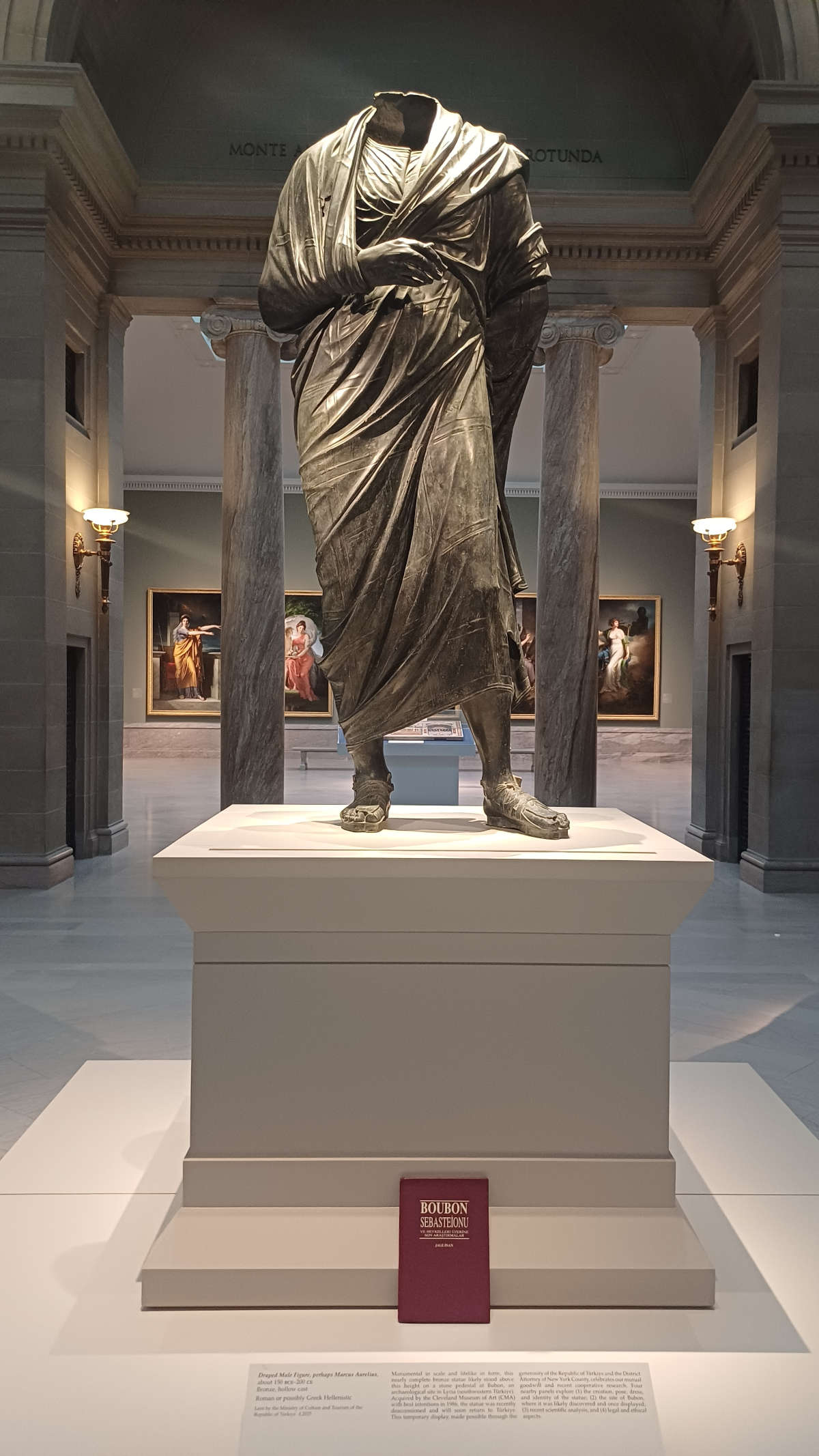
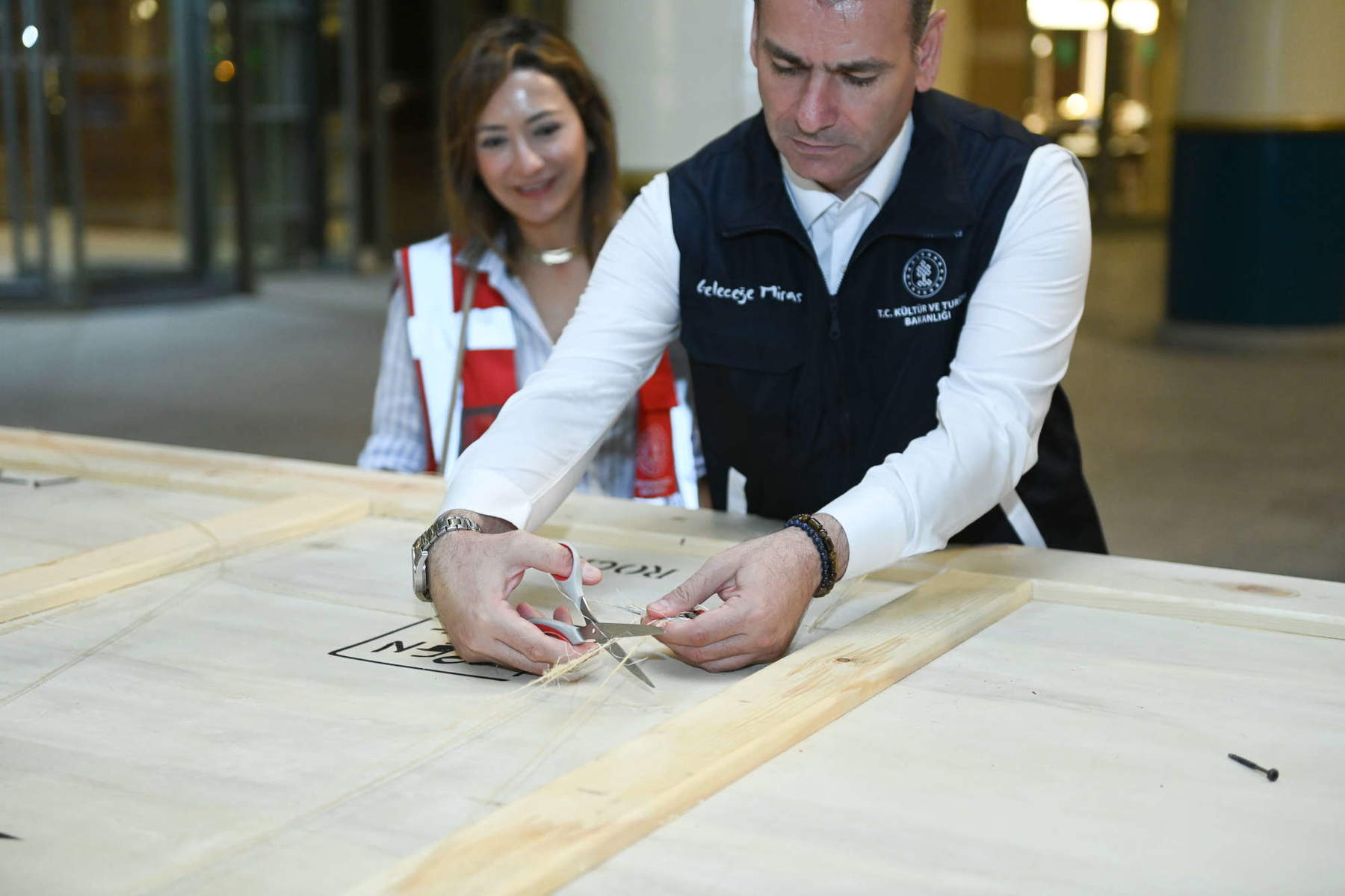
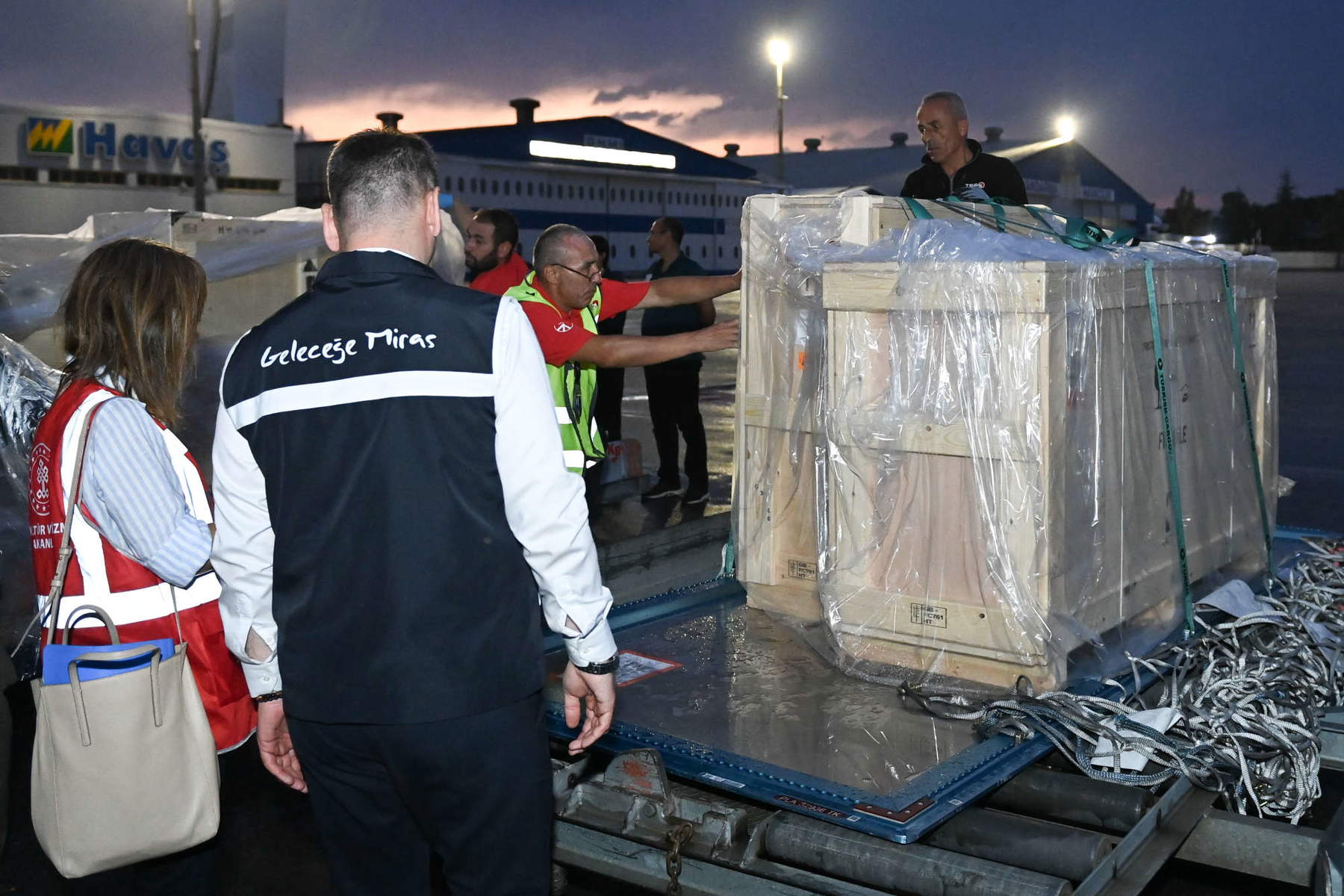
Although the U.S. museum appealed the seizure order and filed a lawsuit challenging the statue’s association with Boubon, Turkey agreed to subject the statue to scientific analysis to substantiate its claim. For the analysis, a silicone cast of the statue’s foot was made in May 2024 under the supervision of Turkish Ministry experts and documented to exactly match the bases found in the ancient city of Boubon. Soil and lead-carbon samples were also collected with great care. Analysis conducted by Professor Ernst Pernicka at the laboratories of the Curt Engelhorn Archaeometry Center in Germany confirmed conclusively that the statue was indeed located in Sebasteion.
In addition, a soil sample from inside the statue has a very similar chemical composition and strontium isotope ratio to three soil samples from Boubon and another soil sample from inside the statue of “Valerian” kept in the Burdur Museum, which was reportedly found in Boubon. Following the results of the recent research, the Cleveland Museum of Art withdrew from the legal proceedings concerning the statue and agreed to its return to Turkey.
In its official statement, the museum “appreciates the cooperation provided by officials from Turkey and the district attorney’s office in reaching a scientific resolution of the issues surrounding the statue. Without this new research, the museum would not have been able to determine with certainty that the statue was once present at the site.” Manhattan District Attorney Alvin Bragg reiterated the value of this international cooperation, noting that the investigation, which involved extensive witness interviews and detailed forensic analysis, provided conclusive evidence that the statue had been looted from the ancient city of Boubon. He welcomed the museum’s decision and reiterated the importance of returning cultural heritage to its rightful context.
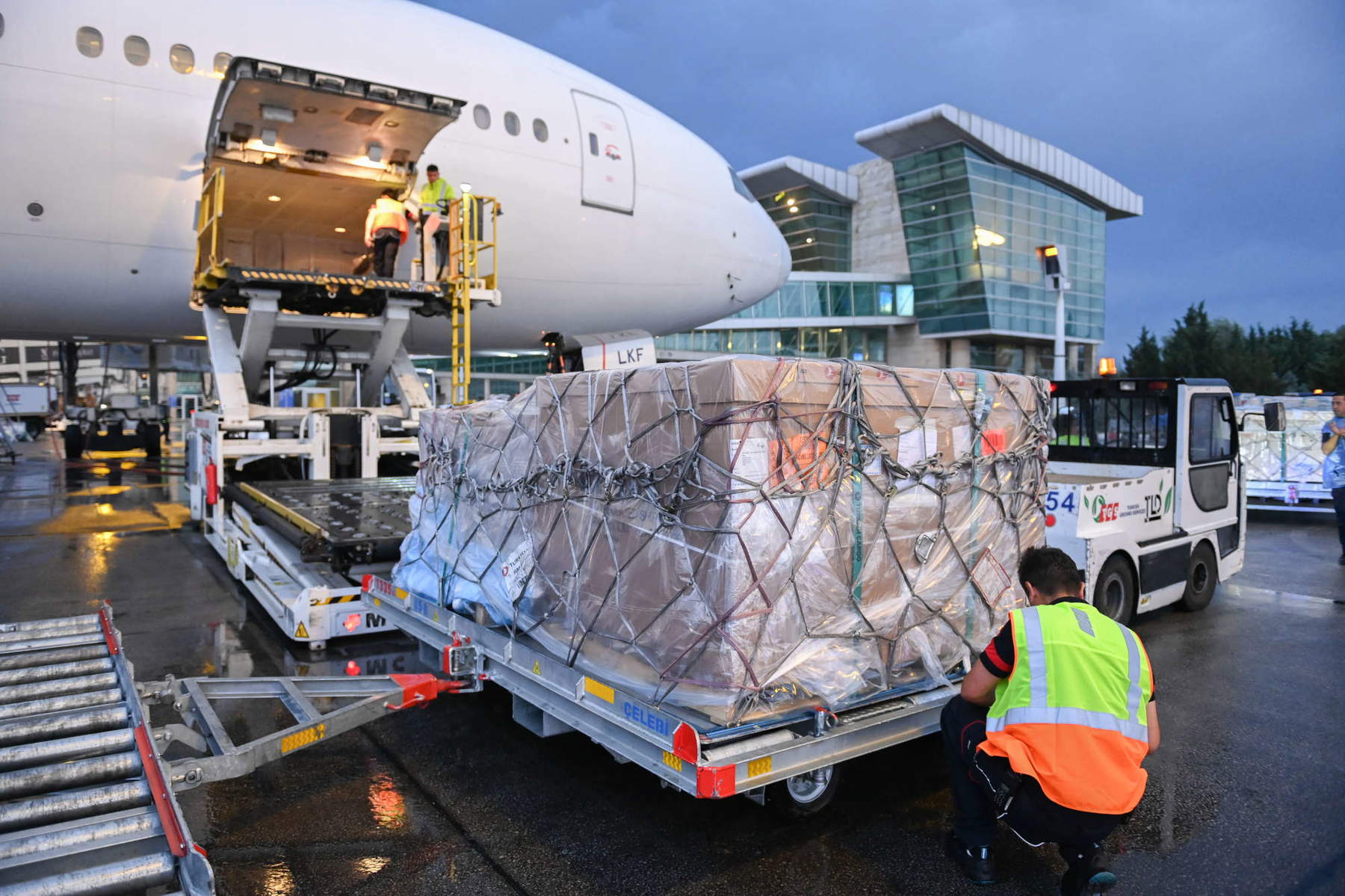
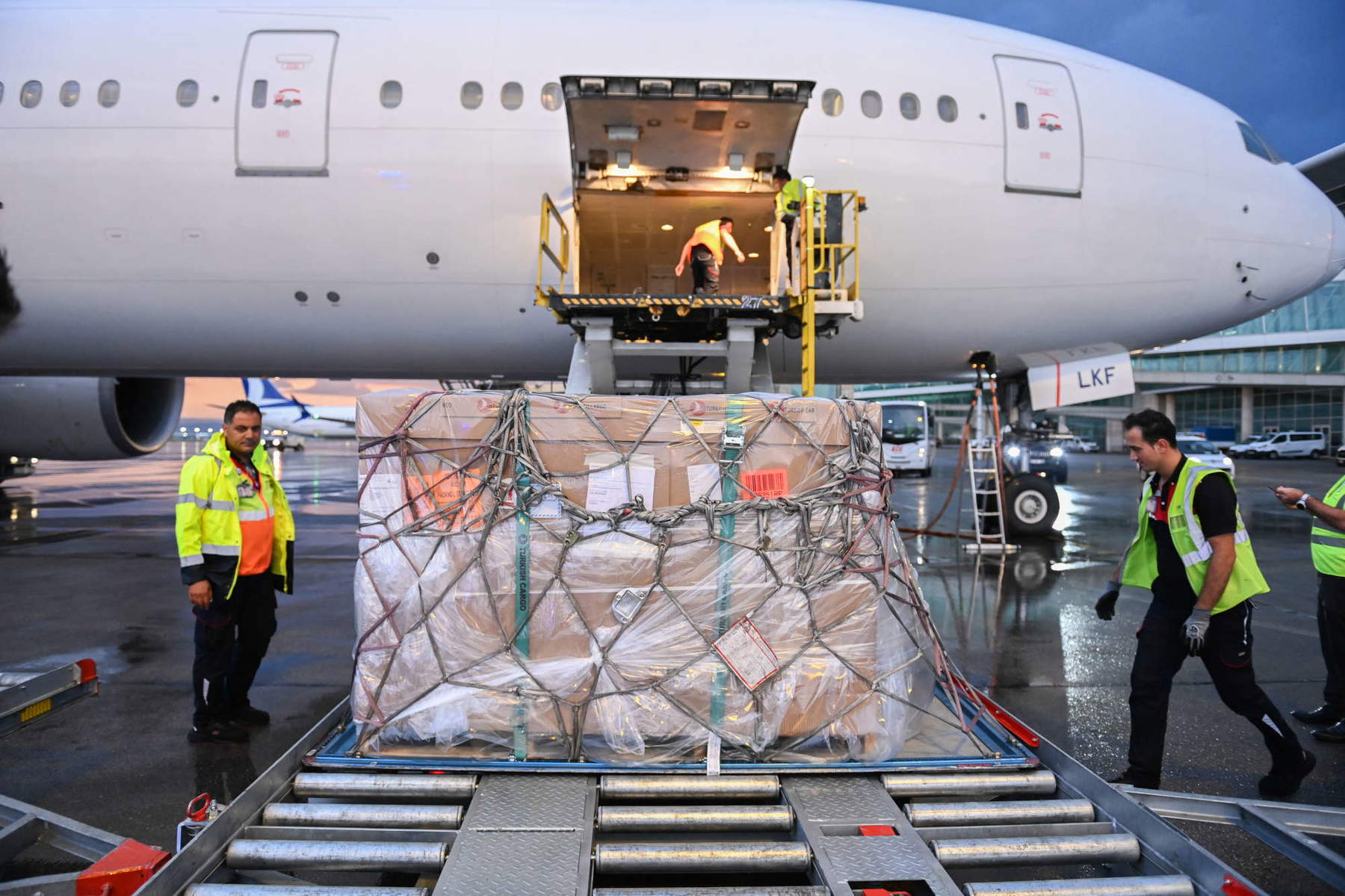
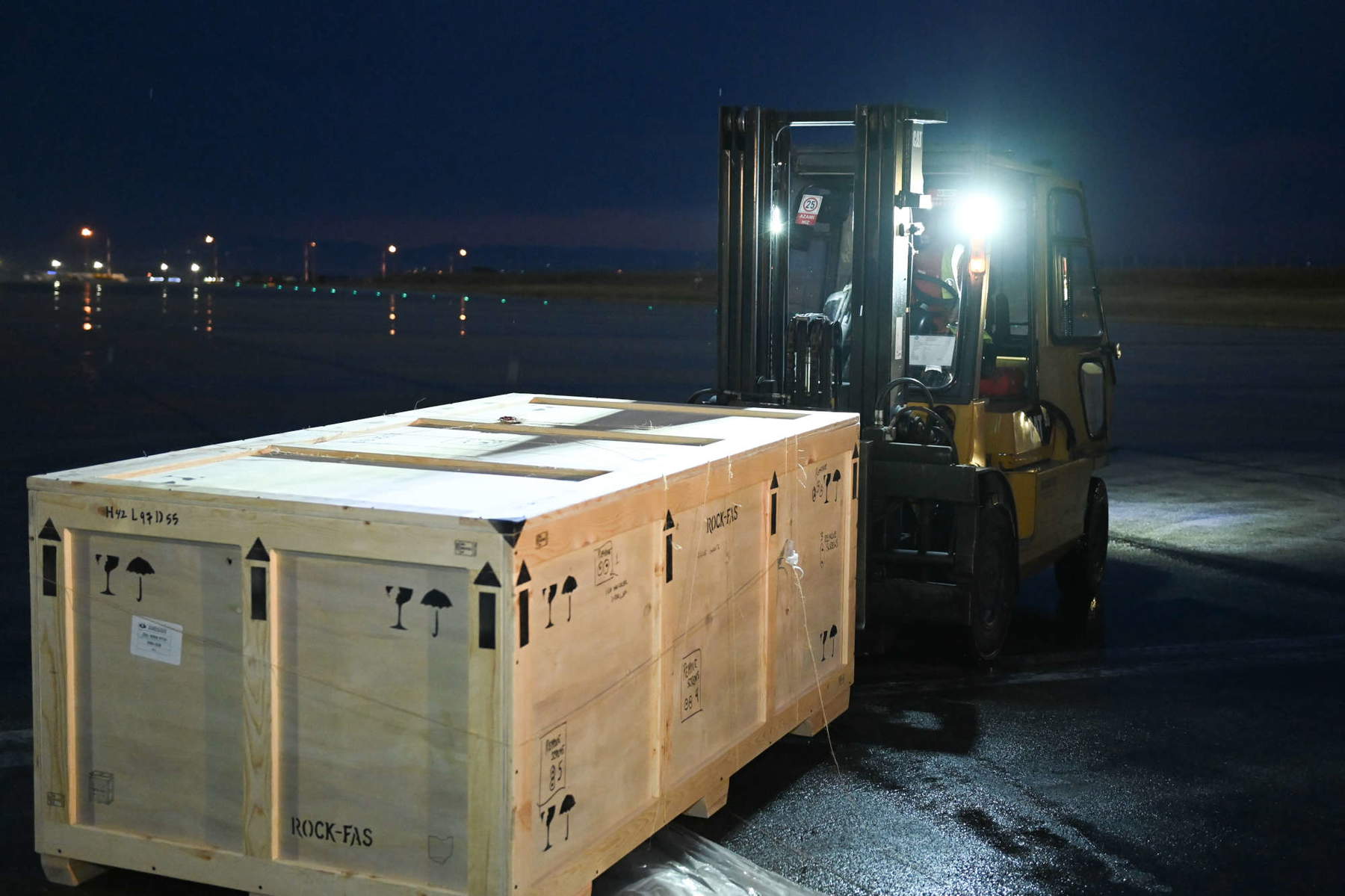
Turkey’s Minister of Culture and Tourism, Mehmet Nuri Ersoy, described this important return as a “historic achievement” in a statement shared on his social account. In his message, Minister Ersoy said that the process, conducted in cooperation with the Manhattan District Attorney’s Office and the U.S. Homeland Security Investigative Office, represents more than just the return of a cultural artifact: it is a historic achievement made possible by the combination of diplomacy, law and science. Although the process had considerable difficulties at first, it is encouraging that it ended constructively in the end, laying the foundation for future cooperation between the Museum and the Ministry. This case also sets a valuable precedent for future cooperation between countries of origin, investigative bodies and museums, offering a model for resolving complex provenance issues through transparent and evidence-based dialogue.
The return of the Marcus Aurelius statue is part of the fight against illicit trafficking of artifacts. Turkey remains steadfast in its efforts to recover all cultural heritage goods that have been smuggled abroad. These repatriation works are part of Turkey’s broader vision focused on the preservation and sustainable management of its rich cultural heritage. Under theLegacy for the Future project, which extends excavations nationwide and in all seasons, the country is supporting excavation and restoration work at many ancient sites and aims to increase the number of excavations to 800 by 2026.
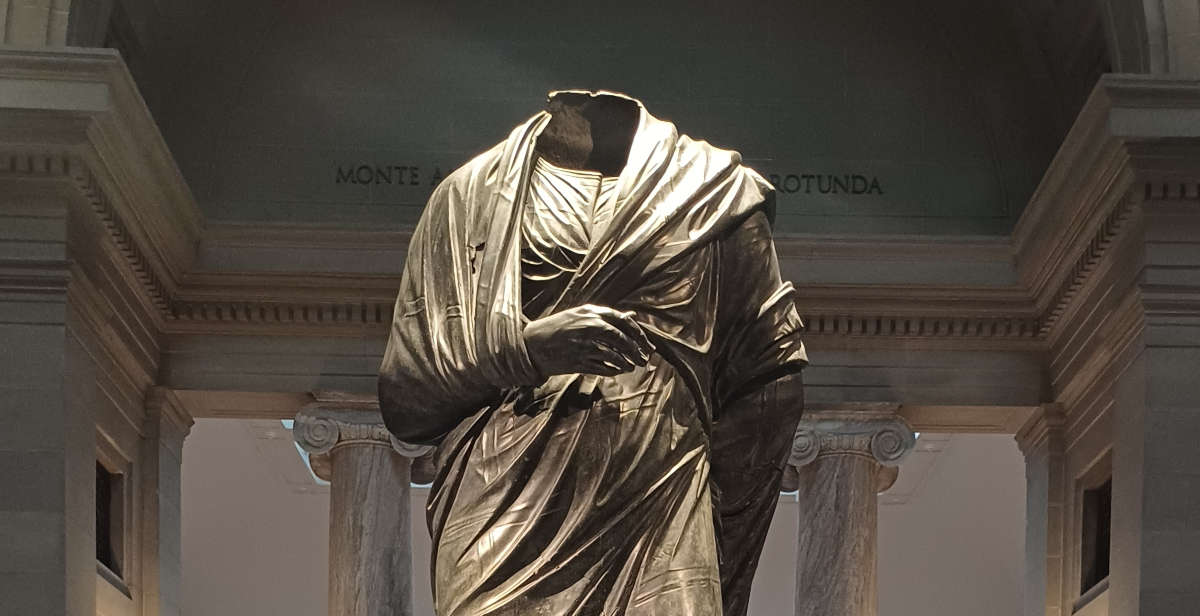 |
| Cleveland Museum of Art returns statue of Marcus Aurelius to Turkey |
Warning: the translation into English of the original Italian article was created using automatic tools. We undertake to review all articles, but we do not guarantee the total absence of inaccuracies in the translation due to the program. You can find the original by clicking on the ITA button. If you find any mistake,please contact us.